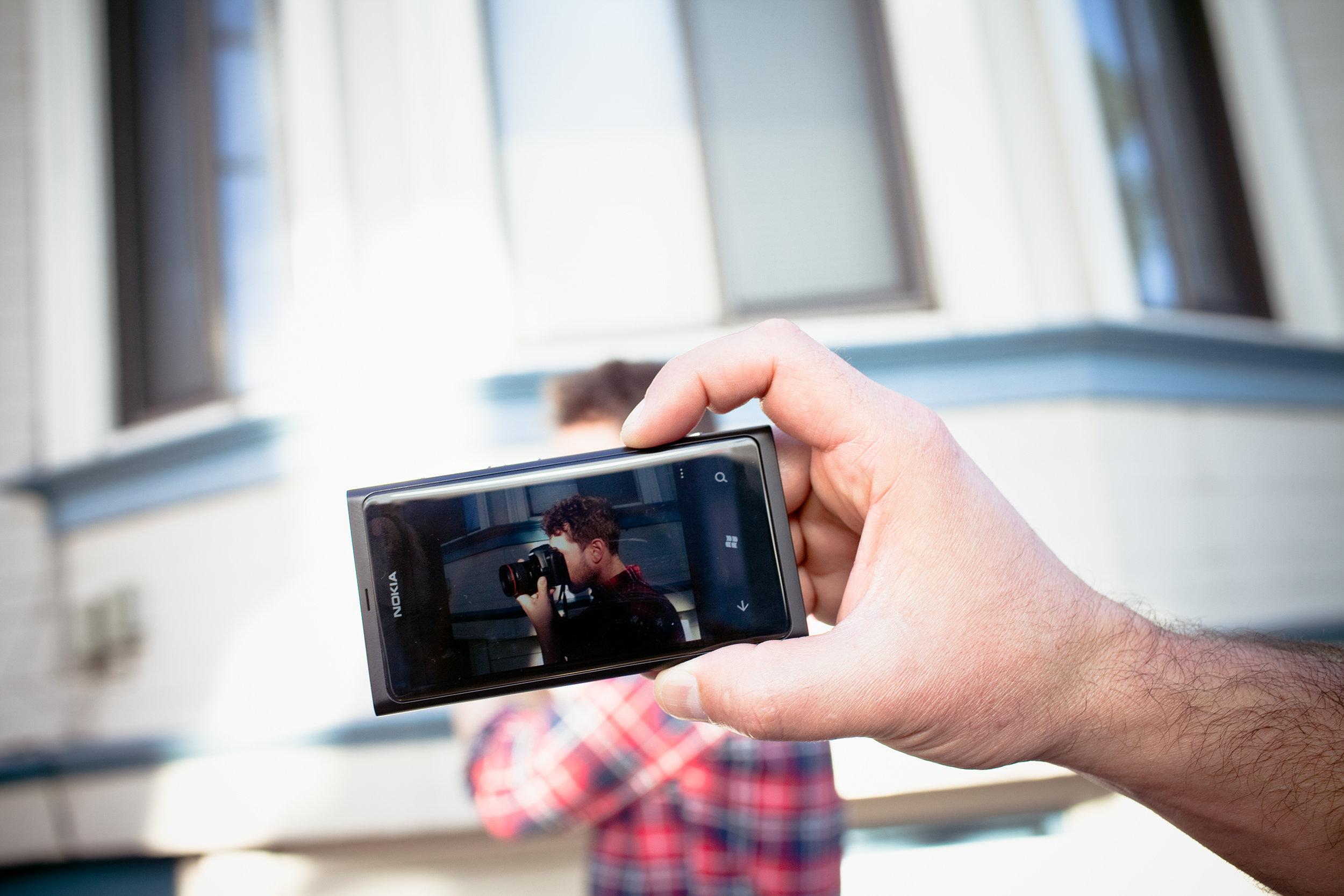Introduction
Phone cameras are mobile phones with integrated mini-digital photo cameras. These can take still images or mini video clips, which are stored in the phone’s internal memory or into a detachable memory card. The first phone cameras were capable of capturing images at very low resolutions, even under 320×240 pixels, today, the minimum resolution can be 640×480 VGA, and can go up until the fabulous resolution of 10 mega pixels, as the end of 2006.
Construction
Because the relatively small sizes of mobile phones, these cameras are usually very small and have limited features and low image quality. They usually have a tiny fixed lens for capturing the image recorded by the tiny imaging sensor, a small number of camera phones incorporate optical zoom lenses, such the 3x optical on the Samsung SCH-B600 lens.
A mobile phone still must be light and slim for someone to buy it, because construction reasons, the built-in lenses usually don’t feature an optical zoom. However, in many phone cameras is implemented a software-based zoom function called digital zoom, though, this digital zoom will fake close-up the subject through interpolation enlargement, resulting in a closer subject image but with downgraded quality.
Features
Some phone cameras have the option to record mini video clips, but the recording time is very short, usually a few seconds or maximum of one minute, the frames per seconds are far under 30 and also the video resolution is usually under 640×480.
The quality and resolution of still images and video clips can be changed through the phone menu. Lowering these resolution and quality settings, the camera will capture a higher number of images and longer video, but not without a quality sacrifice. The best option is to capture at maximum quality and resolution, and if the camera affords memory upgrade, you can attach a bigger memory card.
Advantages
The advantage of phone cameras is obvious: Almost every person today has its own mobile phone. Why bother transporting another standalone digital photo camera, when this can already be in a device you already carry with you every time and everywhere? You can also save the money needed for another camera, and another important advantage is that you can take pictures and clips in almost any circumstances, without being noticed. Cool isn’t? Well, let’s look at the drawbacks next…
Disadvantages
Because of the sensor’s small size, there is always a high level of noise, resulting image artifacts and therefore lose of detail. They have a reduced dynamic range, and because of its basic optics the image output is usually incorrect, with many aberrations and unnatural colors, highlight blow-ups, etcetera.
Long time responses make phone cameras improper for using in action shots. Most phone cameras lack a flash and frequently many shots are blurred when hand-holding the camera indoors and in low light conditions, this is due to the long exposure which is also automated.
Conclusion
Because it’s integrated in the mobile phones which are anyway in our pockets anywhere we go, makes many persons to adopt this camera because they escape the worry of buying and carrying another separate camera. Phone cameras are adequate for those who want to record memories inside the family group or on small trips, and who will finally view their pictures on computer display. If the camera has a minimum resolution of one mega pixels, the pictures can be printed on a maximum 4×6 inch photo paper, still without photographic quality.
Phone cameras are not an option for amateur photographers who need at least a minimal range of camera options and manual settings, so can express their ideas in a creative way, without technical limits.
